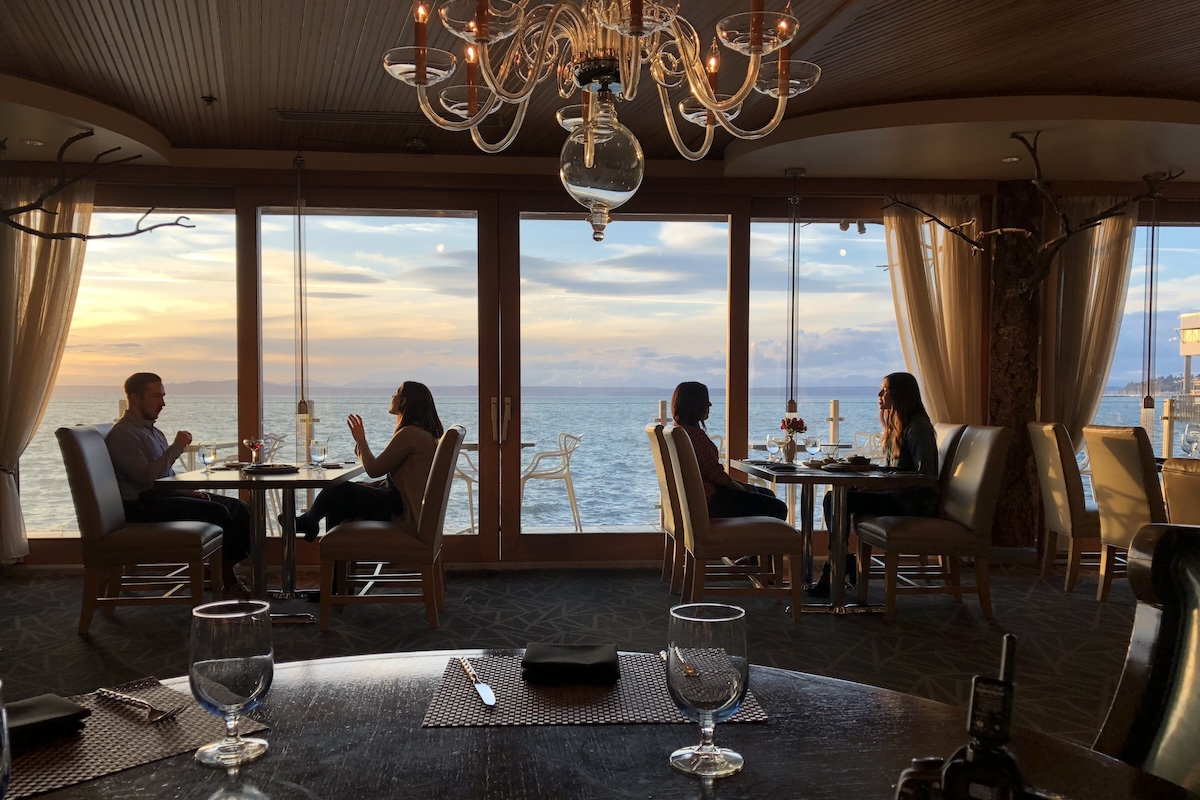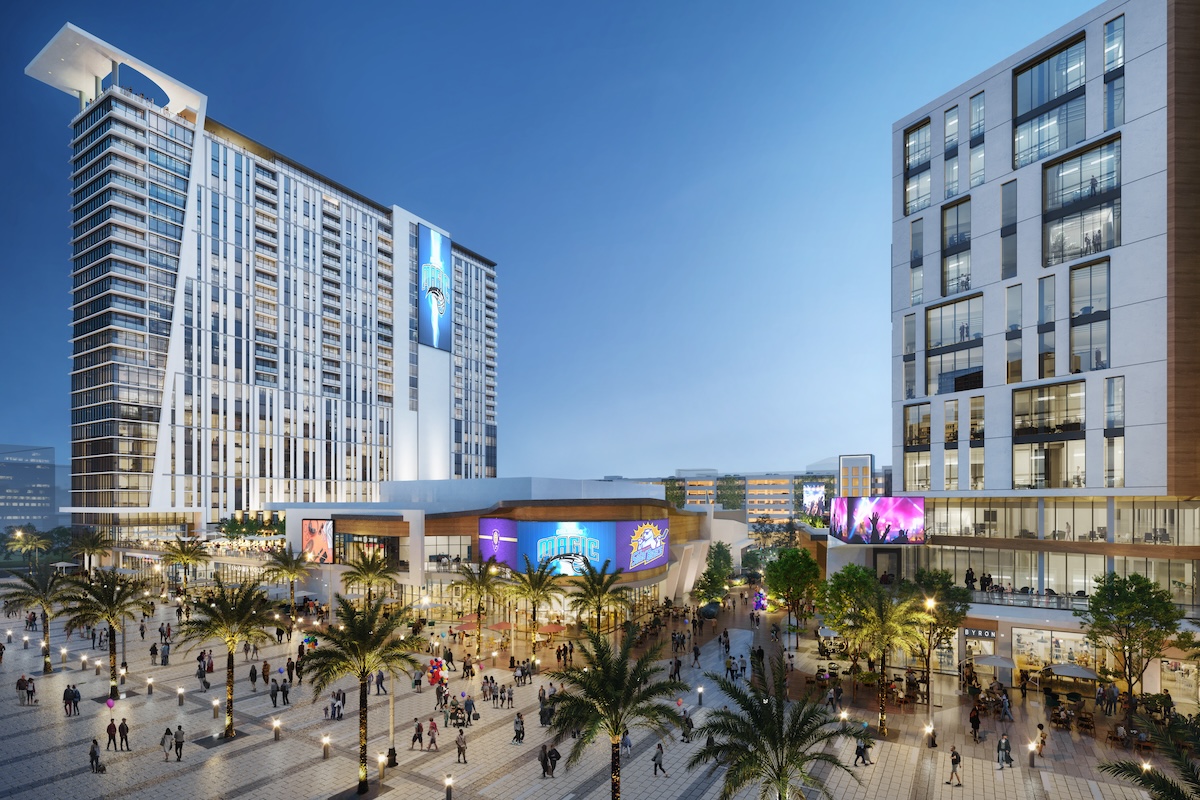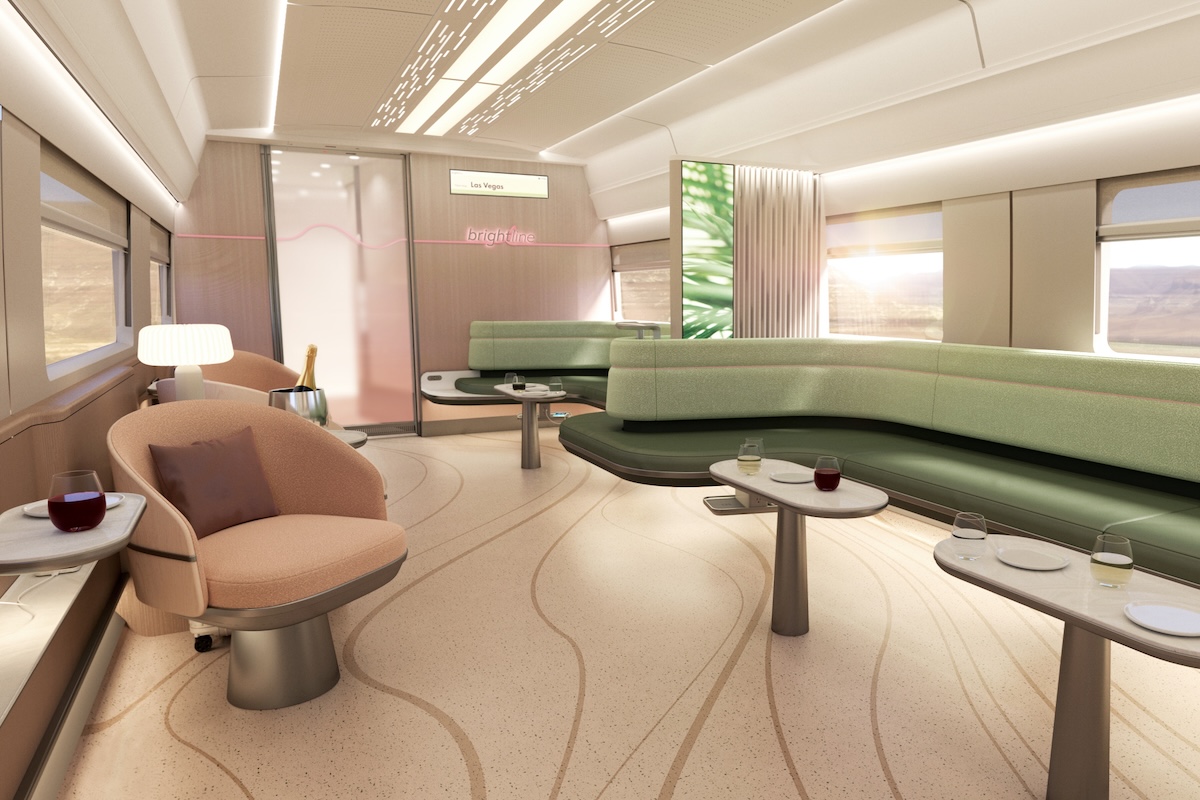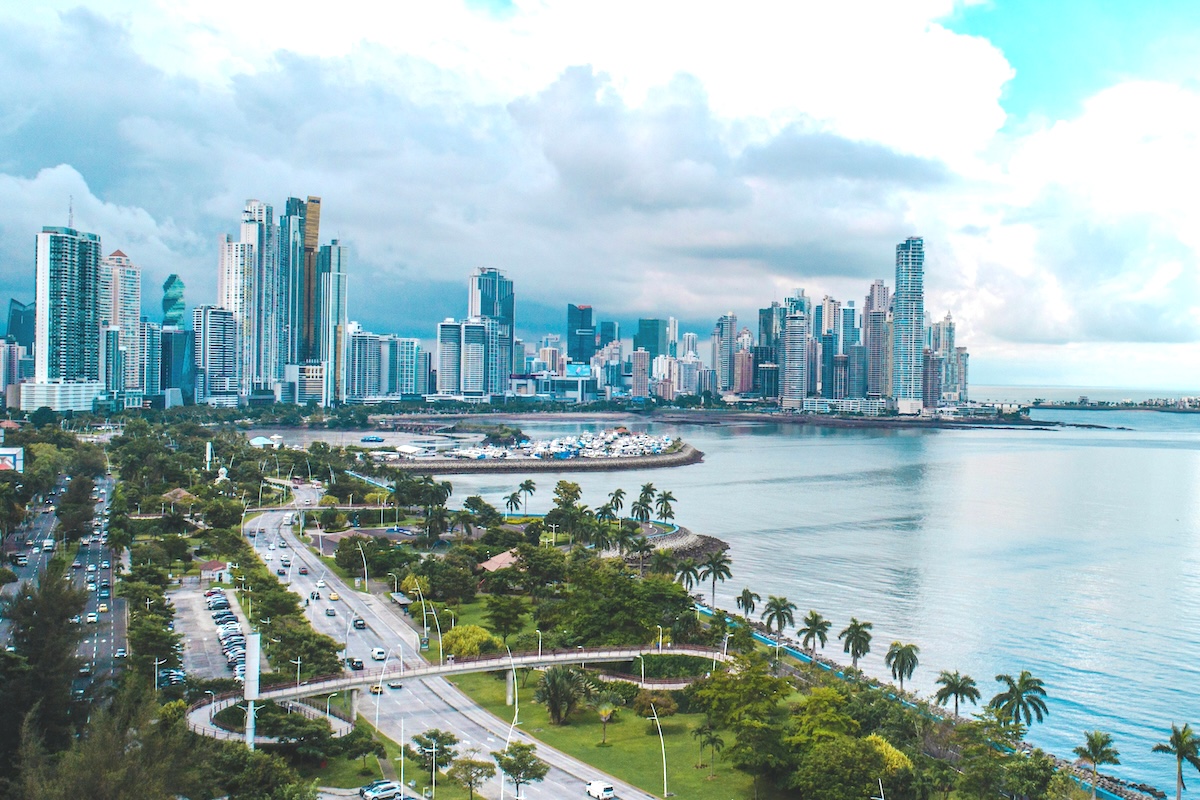Skift Take
Intentional meeting design has emerged as a growing trend since the pandemic changed everything about our industry. Here are five areas where meeting planners can apply intentionality to build better, more meaningful events.
This content was created collaboratively by Visit Seattle and Skift’s branded content studio, SkiftX.
Rapid developments in recent years have changed the face of business events. While meeting planners race to meet the moment, countless opportunities have emerged to reinvent the industry with deeper intentionality. Diving deep to understand and appreciate what makes in-person meetings matter in the current professional climate is the only way to ensure that these events stay relevant, useful, and worth everyone’s while.
Whether by placing an emphasis on networking or prioritizing the most important expenses, designing intentional meetings means taking the time to consider the impact every decision will have on guests, organizers, and the local communities in destinations where these events are held.
Skift Meetings partnered with Visit Seattle to create this report: Why Intentionality Is The Future of Meetings. Pulled directly from its findings, here are the top ways planners can bring intentional thought and planning to every element of their events.
1. Intentional Meeting Design
The benefits of meeting face-to-face don’t just come from quantity, but from quality. Instead of cramming in as many in-person sessions as possible, choose a mindful venue and build break time into the schedule. The Seattle Convention Center is a world-class meeting facility with a backdrop that beautifully combines urban appeal with natural beauty. In this environment, attendees can network with colleagues or sign up for a self-care session without missing any official programming.
2. Intentional ROI
Intentional meetings need to be about more than getting people together in one room if they’re going to drive ROI back to a business. That’s why it’s a good idea to think strategically about how to build connections with local businesses and industries wherever the event takes place. In Seattle, for example, planners benefit from thriving communities centered around healthcare and life sciences, technology and innovation, gaming, and education. These sector strongholds put the most cutting-edge developments within reach when it comes time to book speakers, panels, and the like.
3. Intentional Business + Leisure
With work-life balance top of mind for the vast majority of modern professionals, combining business and leisure travel into single blended trips is becoming increasingly popular. That’s why it’s a good idea to choose a destination that’s easily accessible, highly walkable, and easy to navigate. Further, surroundings should provide plenty of photo ops and delectable experiences that guests will remember. Seattle offers all that and more. Opportunities include getting off-site and out into nature, attending music festivals, or visiting museums any time of year.
4. Intentional Diversity
Today’s workforce prioritizes shared values, both in the work they elect to do and in the experiences they enjoy. Meeting planners can bring intentionality to expressing and celebrating those values by selecting destinations, venues, and vendors that are aligned. That means ensuring that a diverse set of voices and backgrounds are represented at every level of event organization. Seattle is a strong start in this direction, as the fifth-fastest diversifying big city, the third most LGBTQIA+ friendly city in the country, and the recipient of a 100% score on the Human Rights Campaign’s Municipal Equality Index.
5. Intentional Sustainability
Sustainability can’t be an afterthought when it comes to meeting planning, because the many moving parts of major events can add up to a large carbon footprint quickly. Every choice has an environmental impact, so choose a destination that makes it easy to anchor sustainability initiatives from the ground up. Seattle makes this easy. Fly into the first North American airport to be certified for reducing carbon emissions. Host guests at the LEED-certified Seattle Convention Center. And choose from any number of sustainable accommodations contributing to Seattle’s 100% Green Key Eco-Rating.
In this guide, you’ll find:
- Research about the importance of intentional breaks in the event schedule
- Ideas for fostering deeper connections between event attendees
- Subject matter experts and thought leaders in a variety of critical industries
- Tips for encouraging easy and exciting bleisure travel planning
- The importance of facilitating safe and welcoming spaces for all
- Ways to connect with and give back to local communities through events
- Individual steps that add up to big picture sustainability initiatives
This content was created collaboratively by Visit Seattle and Skift’s branded content studio, SkiftX.






